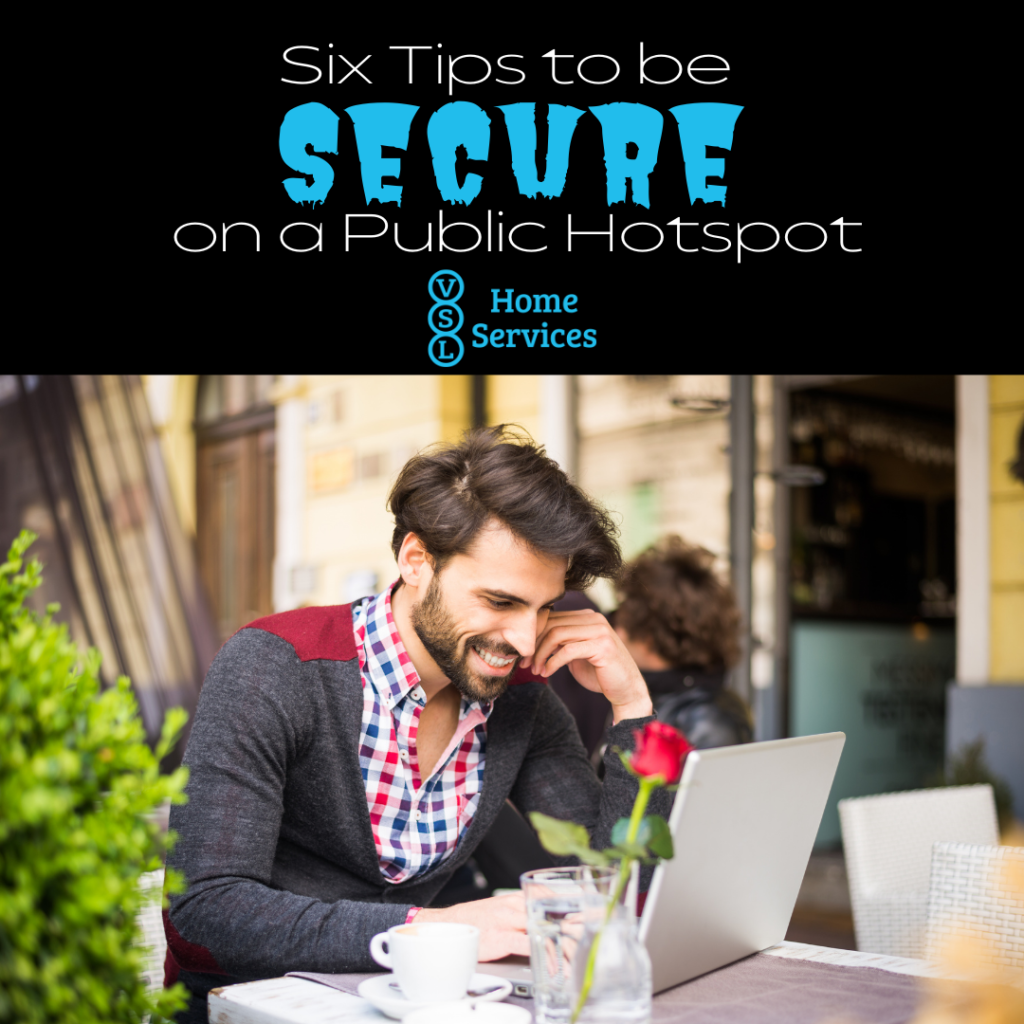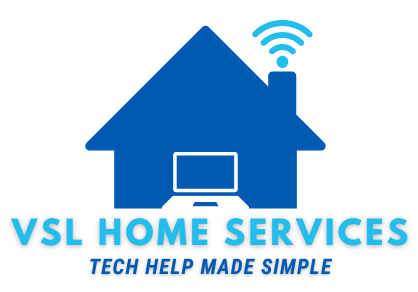
We’re addicted to WiFi; it is even available in most box stores. Many of us will look into places before we go to them, making WiFi availability a part of our decision-making. The menu is no longer as important as if the restaurant has WiFi or not. Often when we find a public hotspot, we don’t think twice about connecting to it.
Public hotspots can be tricky and risky though. It is not that hard to make sure you’re secure before jumping on a network. Use the below tips to help you stay secure when connecting to a public network.
Choose the right network
When we are in public and look for available WiFI networks, often many will show up, and some may be similar to one another. For instance, TheHausCoffeeShop versus HausCoffeeShop, or something similar to HolidayInnGuest versus HolidayInnGuests. We tend to be in a rush and connect to whichever network seems right with the strongest signal, without taking the time to make sure it is the correct network. This is referred to as Wi-Phishing, and it is a tried-and-true method for hackers. When you connect to their network instead of the correct public hotspot, the hackers can gain access to your information.
Create your hotspot
Mobile devices these days are advanced, far more advanced than in the early 2000s. Pull your cell phone out of your pocket and turn it into a mobile hotspot so you may connect your devices to WiFi. It may not be as fast as you would like, but it is secure.
You will typically find the ability to turn on the hotspot in the settings. On Android devices, go to Settings > Networks & Internet > Hotspot & Tethering. Here you can select to share your connection using WiFi, USB, or Bluetooth. For WiFi, toggle the WiFi hotspot on. The hotspot name will be displayed on the screen.
On iOS, navigate to Settings > Personal Hotspot and toggle it on.
Bring a hotspot with you
Similar to your cell phone, you can use a cellular modem hotspot that you can bring with you. A cellular modem hotspot uses a cellular backhaul. A cellular backhaul refers to the transport networks that connect the core network to the RAN (Radio Access Network) of the mobile network. It also has its own battery and can provide multiple people with WiFi access. There is an additional cost to these (check with your cellular provider), but they may be just what you need if you’re doing a lot of traveling.
Use hotspot 2.0
Have you seen a WiFi Certified Passpoint? Or 802.11u? These are hotspot 2.0, which the major operating systems support. Hotspot 2.0 lets you securely connect to a hotspot and roam from supported hotspot to hotspot, similar to how your cell phone goes from cell tower to cell tower. When you sign in, your credentials are reused at supported hotspots all over the world, logging you in instantly and securely.
Don’t access or use any personal data when using a hotspot
Fairly common sense here, as a public hotspot is not as secure as your private connection, avoid using personal data. Do not log into your bank account, pay with your credit card, or pay any bills when connected to a public hotspot. A best practice is to only use personal data when using your private connection.
Choose a secure network
When looking for a network to join, look for a secure one. In other words, look for one that has you locked out. You’ll see this as a lock icon next to the network name, or the word “secured” on a windows laptop. Typically you’ll find the login information from the provider of the network. At a hotel, it may be in your room information or you may ask the front desk. Likewise, at a restaurant or coffee shop, they’ll be able to provide you, their customer, with the login information.
